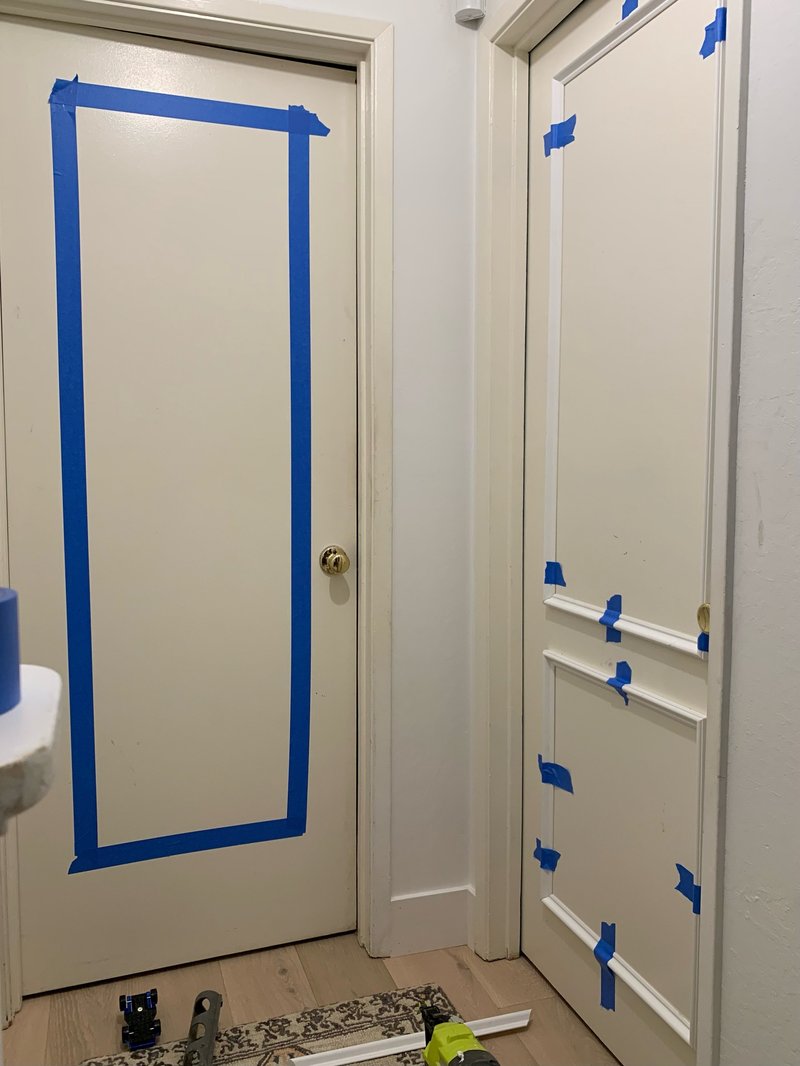
So, how can we prevent door hardware from becoming loose on hollow core doors? The good news is that with a few easy steps and some basic knowledge, you can keep your door hardware secure for many years to come. Let’s dive into some practical tips and tricks to help you troubleshoot, fix, and maintain your door hardware, so you don’t have to worry about unexpected door malfunctions anymore.
Understanding Hollow Core Doors
Before we jump into solutions, it’s essential to understand what makes hollow core doors unique. These doors are typically made of thin sheets of material, often MDF or plywood, with a honeycomb structure inside. This makes them lightweight and affordable but also more prone to wear and tear over time.
The lightweight nature of hollow core doors is a double-edged sword. On one hand, they’re easier to install and manage. On the other, they don’t handle the stress of heavy hardware as well as solid wood doors do. This can lead to loose hinges, doorknobs, and even locks if not addressed properly.
You might be wondering, “Why is my doorknob loose even though I just fixed it?” Well, part of the problem is that hollow core doors can expand and contract with humidity and temperature changes. As a result, the screws can loosen and create gaps. Understanding these dynamics is the first step in keeping your door hardware secure.
Choosing the Right Hardware
When it comes to preventing loose hardware, selecting the right types of doorknobs, hinges, and locks can make a world of difference. Here are some types of hardware that works best with hollow core doors:
- Lightweight doorknobs: Opt for doorknobs designed specifically for lightweight doors.
- Shorter screws: These can help you avoid pushing too far into the hollow core.
- Heavy-duty hinges: If your door is particularly heavy for its size, consider upgrading to sturdier hinges.
Using the right tools is just as important as selecting the right hardware. Always check if the doorknob or lock includes a good installation kit. It’s like having the right tools in your toolbox—you wouldn’t want to start a DIY project with a wrench that doesn’t fit.
Proper Installation Techniques
Let’s talk about installation. If you’re installing new hardware, how you set it up can determine its longevity. Here are some key installation techniques to ensure your hardware stays put:
1. Pre-drill Holes: This helps prevent the wood from splitting. It’s essential for secure anchoring.
2. Use Wood Glue: A little bit of wood glue around the screw threads can provide extra grip.
3. Check Alignment: Make sure everything is straight. Misaligned hardware can create additional strain, leading to loosening over time.
Imagine trying to ride a bike with a flat tire; if parts aren’t aligned, it’s not going to work effectively. Proper installation is the same way—everything needs to fit snugly and securely to function well.
Regular Maintenance Practices
Once you have installed your door hardware correctly, it’s essential to maintain it regularly. Just like you wouldn’t skip an oil change for your car, you shouldn’t overlook door maintenance. Here are a few simple practices to keep in mind:
– Tighten Screws Periodically: Every few months, take a moment to check and tighten screws. It’s a small effort that can save you from major issues in the long run.
– Lubricate Moving Parts: Use a silicone spray or lubricant on hinges and locks to keep them moving smoothly. This reduces wear and tear and minimizes the chance of parts loosening.
– Inspect for Damage: Look for cracks or signs of wear around the hardware. Early detection can help you nip problems in the bud.
By making these maintenance checks part of your routine, you’re not only preventing loose hardware, but you’re also prolonging the life of your doors.
Using Anchors for Additional Support
If your hardware is still struggling to stay put, consider using wall anchors for added security. These are small devices that expand when you screw them into the door, providing more grip in hollow spaces. Here’s how to use them effectively:
1. Select the Right Anchor Type: There are various types, such as toggle bolts and molly bolts, each suited for different situations.
2. Drill the Right Size Hole: Make sure you’re drilling the appropriate hole size for the anchor you choose. Too big or too small could cause problems.
3. Install Carefully: Follow the manufacturer’s instructions for installation. This is key to ensuring they hold up under stress.
Using anchors can be a game-changer, especially for heavier doorknobs or locks. Think of it like adding a solid foundation when building a house; it makes everything more stable.
When to Replace Hardware
Sometimes, despite your best efforts, it might be time to consider replacing your door hardware. But how do you know when? Here are a few signs:
– Persistent Loosening: If you’ve tightened screws repeatedly and the hardware still loosens, that’s a clue.
– Visible Damage: Cracks, rust, or wear can compromise the integrity of your hardware.
– Extreme Wear: If your doorknob feels wobbly even after following all maintenance tips, it may be time for a new one.
Replacing hardware can feel daunting, but sometimes it’s necessary for safety and functionality. Treat it like changing tires on a car; it’s better to do it proactively rather than waiting for a bigger issue to arise.
Preventing door hardware from becoming loose on hollow core doors doesn’t have to be complicated. With the right understanding, hardware, installation techniques, and consistent maintenance, you can keep everything secure and functioning smoothly. Just remember, your door is the gateway to your home—it deserves a little love and care. So, next time you notice that doorknob wobbling, take action before it becomes a larger issue. Keeping up with these simple tips will ensure your doors stay reliable, and let’s be honest, that’s a pretty great feeling.
